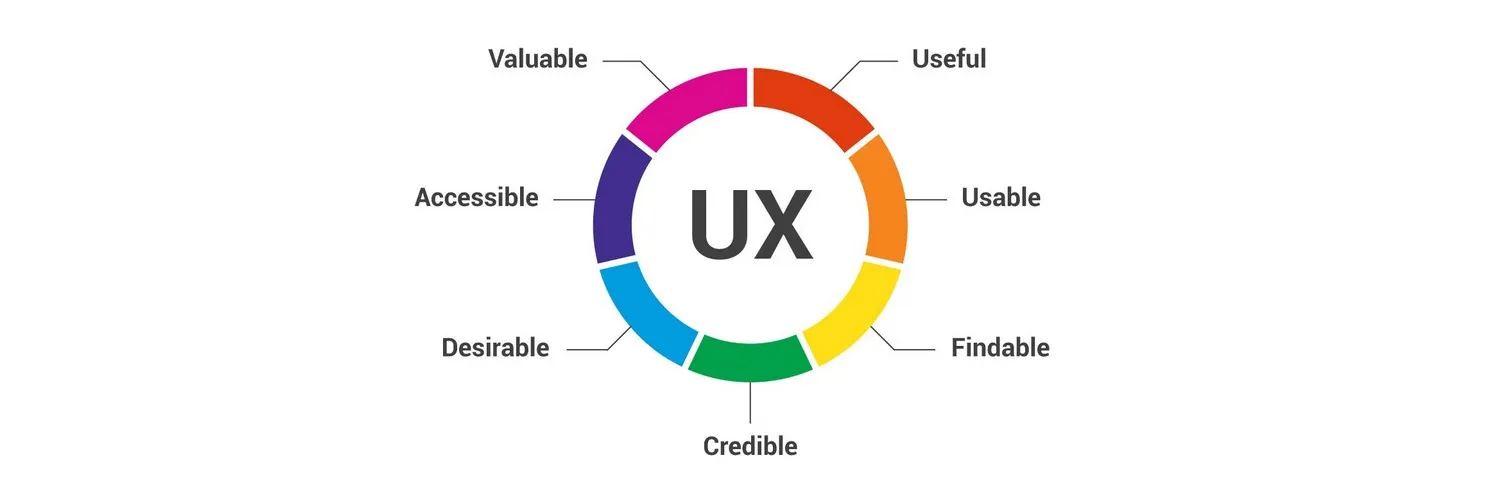In today’s digital age, user experience (UX) design is a crucial aspect of creating effective digital products that are user-friendly, accessible, and easy to use. A good UX design strategy is essential in achieving the desired user experience, which leads to increased engagement and better conversion rates. Setting user experience goals is an essential aspect of achieving success in UX design. This article will explore the user experience goals that UX designers must follow to create effective UI/UX design.

Goal 1: Enhancing Usability
Usability refers to the ease with which users can interact with a product. In UX design, usability is crucial in creating a user-friendly experience. UX designers must ensure that their designs are easy to navigate, accessible to all users, and meet the needs of the target audience.
To enhance usability, UX designers must consider factors such as information architecture, content, and website layout. An effective information architecture ensures that users can easily find the information they are looking for. A clear and concise content strategy helps users understand the product and its benefits. Website layout refers to how the website is organized, and a good website layout ensures that the website’s content is easy to read and navigate.
Examples of websites with excellent usability include Airbnb, Amazon, and Google. Airbnb’s website is user-friendly, easy to navigate, and provides relevant information for users. Amazon’s website is easy to use, and its search function makes it easy for users to find products. Google’s website is simple, fast, and easy to navigate, making it a favorite among users.
Goal 2: Creating Emotional Connections
Emotional connections refer to the bond that users form with a product through its design and functionality. UX designers must strive to create an emotional connection between users and their product. This can be achieved through the use of visuals, storytelling, and interactive design.
Visuals are an essential aspect of creating emotional connections, as they convey the product’s personality and identity. Storytelling is another effective way of creating emotional connections as it helps users connect with the product on a deeper level. Interactive design, such as animation and gamification, can also create emotional connections with users.
Examples of websites with emotional connections include Nike, Apple, and Airbnb. Nike’s website creates an emotional connection with users through the use of powerful visuals that evoke emotion. Apple’s website uses storytelling to create an emotional connection with users and showcase the company’s values. Airbnb’s website creates an emotional connection with users through the use of real-life stories and experiences.
Goal 3: Improving Website Performance
Website performance refers to how fast and efficiently a website responds to user requests. UX designers must ensure that their designs load quickly, work smoothly, and are responsive across all devices. A slow or unresponsive website can frustrate users and lead to a high bounce rate.
To achieve this goal, UX designers must consider factors such as website architecture, hosting, and content delivery networks. A well-optimized website architecture ensures that the website loads quickly and efficiently. Hosting plays a critical role in website performance, and choosing a reliable hosting provider is essential. Content delivery networks (CDN) can help improve website performance by caching and delivering content from servers closer to the user.
Examples of websites with excellent website performance include Google, Amazon, and Dropbox. Google’s website loads quickly and is optimized for fast response times. Amazon’s website is designed for efficiency and speed, and its servers are optimized for quick content delivery. Dropbox’s website is designed for speed and is optimized for quick file sharing and access.
Goal 4: Fostering User Engagement
User engagement refers to the level of interaction that users have with a product. UX designers must strive to create designs that foster user engagement through the use of gamification, personalization, and feedback. UX designers must also ensure that their designs are optimized for user needs and preferences.
Gamification is an effective way of fostering user engagement as it makes the user experience more fun and interactive. Personalization is another effective way of fostering user engagement as it makes the user experience more personalized and relevant to the user. Feedback is also crucial in fostering user engagement as it allows users to provide input and make suggestions.
Examples of websites with high user engagement include Instagram, Pinterest, and Slack. Instagram’s website fosters user engagement through the use of visual content and personalization features that allow users to customize their profiles. Pinterest’s website fosters user engagement through the use of a visual discovery platform that encourages users to explore and discover new content. Slack’s website fosters user engagement through the use of collaborative tools that enable teams to work together and communicate effectively.
Goal 5: Ensuring User Satisfaction
User satisfaction refers to the level of satisfaction that users have with a product. UX designers must ensure that their designs meet the needs of the target audience and provide a positive user experience. To achieve this goal, UX designers must conduct user testing and gather feedback to identify areas for improvement.
UX designers must also ensure that their designs are easy to use, accessible, and meet the needs of the target audience. A positive user experience leads to increased engagement and better conversion rates, making user satisfaction a crucial goal in UX design.
Examples of websites with high user satisfaction include Dropbox, Evernote, and Airbnb. Dropbox’s website provides a simple and user-friendly experience that meets the needs of its target audience. Evernote’s website is designed to be easy to use, and its note-taking features are optimized for user needs. Airbnb’s website provides a personalized experience that meets the needs of travelers and hosts alike.
ConclusionIn conclusion, setting and achieving user experience goals is an essential aspect of creating effective UI/UX design. UX designers must consider factors such as usability, emotional connections, website performance, user engagement, and user satisfaction when creating their designs. By setting and achieving these goals, UX designers can create designs that meet the needs of the target audience and provide a positive user experience.



